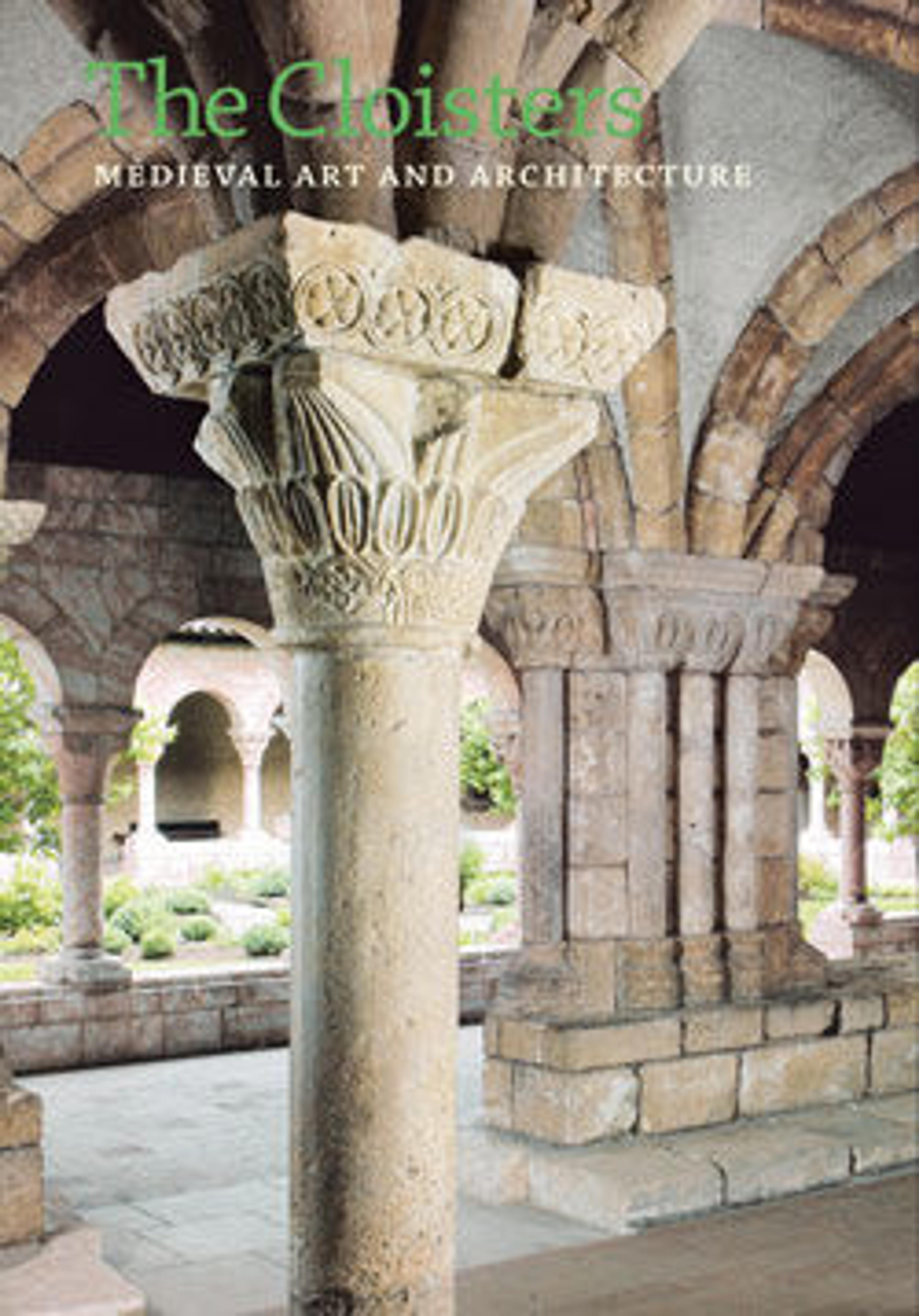Paschal Candlestick
Paschal candlesticks figure prominently in the liturgy of the Easter vigil as part of the celebration of the Resurrection. In a practice that dates to the early church, the congregation gathers around the candlestick while the deacon inserts grains of incense into five holes in the wax of the candle arranged in a cruciform pattern. The ceremony, known as Lumen Christi, concludes with the lighting of the paschal candle, which is raised above the congregants—in the case of this example, more than six feet above them. The decoration of the hexagonal candlestick is organized in three tiers. The upper register is devoted to the Old Testament: Adam and Eve, the Expulsion of Adam and Eve (depicted on two faces), and the prophets Jeremiah, Ezekiel, and Zachariah. The second register depicts Saint Benedict and five Franciscan saints: Francis, Bernardino, Anthony of Padua, Louis of Toulouse, and Clare. Six of the apostles appear at the bottom: Saints Bartholomew, Thomas, Barnabas, John, Philip, and Matthias.
Artwork Details
- Title: Paschal Candlestick
- Date: ca. 1450–1500
- Geography: Made in Castile-Léon, Spain
- Culture: Spanish
- Medium: Wood with paint and gilding
- Dimensions: Overall: 77 x 17 1/4 in. (195.6 x 43.8 cm)
- Classification: Woodwork-Furniture
- Credit Line: Fletcher Fund, 1944
- Object Number: 44.63.1a, b
- Curatorial Department: Medieval Art and The Cloisters
More Artwork
Research Resources
The Met provides unparalleled resources for research and welcomes an international community of students and scholars. The Met's Open Access API is where creators and researchers can connect to the The Met collection. Open Access data and public domain images are available for unrestricted commercial and noncommercial use without permission or fee.
To request images under copyright and other restrictions, please use this Image Request form.
Feedback
We continue to research and examine historical and cultural context for objects in The Met collection. If you have comments or questions about this object record, please contact us using the form below. The Museum looks forward to receiving your comments.
